












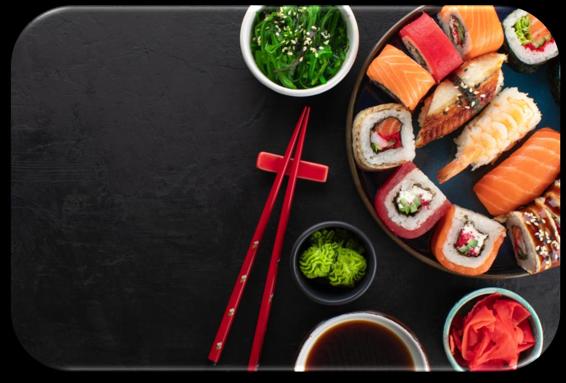 Carlie Gerhold
Carlie Gerhold Introduction ushi is a rice-based Japanese dish that may include both raw and cooked fish, as well as vegetables. S You may know what sushi is because it is such a popular dish. Let us clarify the meaning of "sushi" to be sure. Sushi is divided into two parts: Shari and Neta. The rice is called Shari, and the topping is called Neta. Shari rice is usually made from Japanese rice, vinegar, salt, and sugar.
Introduction ushi is a rice-based Japanese dish that may include both raw and cooked fish, as well as vegetables. S You may know what sushi is because it is such a popular dish. Let us clarify the meaning of "sushi" to be sure. Sushi is divided into two parts: Shari and Neta. The rice is called Shari, and the topping is called Neta. Shari rice is usually made from Japanese rice, vinegar, salt, and sugar.
This recipe was initially created to keep raw fish from dying. Most people think of raw fish when they think about sushi toppings, which is typically true. There are various additional Neta options, including boiled or cooked fish, vegetables, meat, and eggs. Sushi comes in various types, each with its way of presenting fish and rice. For example, most people are familiar with maki sushi, which is made up of seaweed rolled around fish and rice. Sushi has become more popular among people of all ages.
Raw fish and rice are served with soy sauce and wasabi as part of Japanese cuisine. Sushi is no longer simply a Japanese delicacy; it's increasingly popular worldwide. Many sushi meals are works of art, expertly designed to appeal to various palates. History of Sushi ushi is unquestionably Japan's most well-known dish. Sushi is almost universally known, even among people who have never had it. If you ask someone to tell you something about S Japan, it's one of the first things they'll say.
It is thought that sushi came from Southeast Asia and has been around for about 1,200 years. Many people are surprised to learn that sushi is a preserved fish cuisine that originated among Southeast Asian Mountain peoples as a way of storing fish for long periods of time when it was difficult to get owing to its high price. Fish was preserved by marinating it and fermenting it in rice and salt. It was a dish designated for the higher class since it was served just with fish and no rice (they throw the rice! ). Sushi's Beginnings ushi, like many other things, was introduced to Japan from China during the time of the Nara era (710-794), along with rice farming. During the period, sushi was known as "nare-zushi," S which was prepared by marinating fish in salt and rice and allowing it to mature before eating.
It is said to have been consumed as a preserved dish. Sushi first arose as a processed product made from leftover fish during the Kamakura period (1185-1333), but it wasn't until the Muromachi period (1333-1573) that rice became a prevalent dish among the general people, and the habit of eating sushi with rice was born. Tokugawa Ieyasu seized control of all of Japan in 1603 and relocated the Japanese capital from Kyoto to Edo (the current Tokyo). It was at the start of the Edo era (1603-1867). Edo was bustling with people, shops, restaurants, and nightlife. Nigiri-zushi, which could be eaten right after being prepared, arose from the ubiquitous standing food booths and soon gained popularity.
Nigiri-zushi is produced by softly compressing sushi rice and topping it with raw or cooked fish, usually with ginger or wasabi (Japanese horseradish). When it comes to historical events, it's sometimes difficult to pinpoint who was the first to invent anything, but Hanaya Yohei is credited with inventing contemporary nigiri sushi. In the Ryogoku neighborhood, Hanaya Yohei founded her first sushi business in 1824. The Ryogoku area is located near the Sumida River for people unfamiliar with Tokyo. It's said that he could get fresh raw fish from the water, so he didn't have to ferment it, and sushi could be made in minutes. Inari-zushi and maki-zushi (rolled sushi) arose towards the end of the Edo era, and the popular sushi we know today was formed.
People began to employ vinegar in rice instead of allowing it to ferment during this time period. Edomae-zushi refers to nigiri-zushi, inari-zushi, maki-zushi, and other types of sushi. Ice manufacturing became popularized in the 1890s, making it simpler for sushi restaurants to procure ice and equipping many with electric freezers. This enhanced the atmosphere for handling fresh fish and shellfish, allowing raw fish (sashimi) to be used as a topping and expanding the amount and diversity of new sushi options. After the Great Kanto Earthquake in 1923, sushi chefs fled Tokyo, and it is thought that this is when Edomae-zushi first spread across Japan. In 1947, an emergency order was issued restricting all restaurant operations, including sushi restaurants, after the war.
As a countermeasure, a Tokyo-based union of sushi restaurants worked with the government to be formally recognized as consignment processors, trading one cup of rice for ten nigiri sushi. Edomae-zushi dominated the nation's sushi scene after this measure spread to sushi establishments across the country. Furthermore, due to a scarcity of materials after the war, sushi was produced with rice vinegar rather than sake vinegar, and it quickly became a popular dish. Sushi restaurants formed a category of premium restaurants during strong economic expansion following World War II, when yatai (food cart) eateries were abandoned for sanitary concerns 7 Western Sushi Culture ushi had already made its way to the West in the early 1900s, thanks to Japanese immigration following the Meiji Restoration. It was, however, only popular among the higher S classes, and when Japanese immigration reduced in the late 1900s, it became considerably less popular. Sushi resurfaced in popularity in the United States a few years after World War II, when Japan reopened its doors to international commerce, tourism, and business.
This tendency began to take root in America in earnest in the 1960s when middle-class Americans began to sample sushi for the first time and fell in love with it. Like most aspects of food history, there is a lot of discussion about whose restaurant was the first to introduce sushi to Western diners - and it's impossible to pinpoint who was responsible. However, the Los Angeles-based Kawafuku Restaurant is frequently attributed with this distinction, as it was one of the first restaurants to sell sushi. As you might expect, eating raw fish took some time to catch on in the United States, but by the late 1960s, sushi had become fashionable, and new sushi restaurants were springing up all over the country. Many restaurants began experimenting with novel flavor combinations and sushi rolls to help Americans get acclimated to eating sushi. The now-ubiquitous California Roll, which is an inside-out "makizushi" roll with cucumber, crab meat (or fake crab meat), and avocado with white rice, was one of the most popular rolls among Americans.
Next page
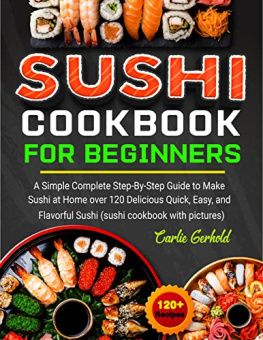
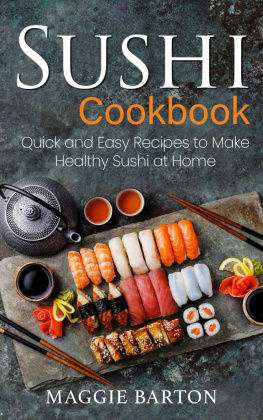
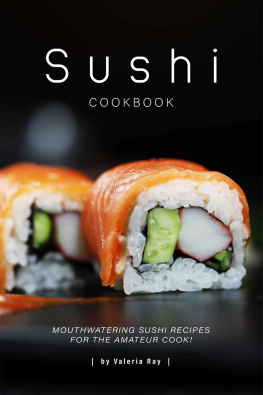


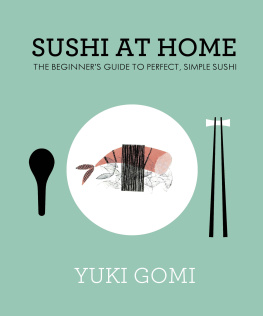















 Carlie Gerhold
Carlie Gerhold Introduction ushi is a rice-based Japanese dish that may include both raw and cooked fish, as well as vegetables. S You may know what sushi is because it is such a popular dish. Let us clarify the meaning of "sushi" to be sure. Sushi is divided into two parts: Shari and Neta. The rice is called Shari, and the topping is called Neta. Shari rice is usually made from Japanese rice, vinegar, salt, and sugar.
Introduction ushi is a rice-based Japanese dish that may include both raw and cooked fish, as well as vegetables. S You may know what sushi is because it is such a popular dish. Let us clarify the meaning of "sushi" to be sure. Sushi is divided into two parts: Shari and Neta. The rice is called Shari, and the topping is called Neta. Shari rice is usually made from Japanese rice, vinegar, salt, and sugar.